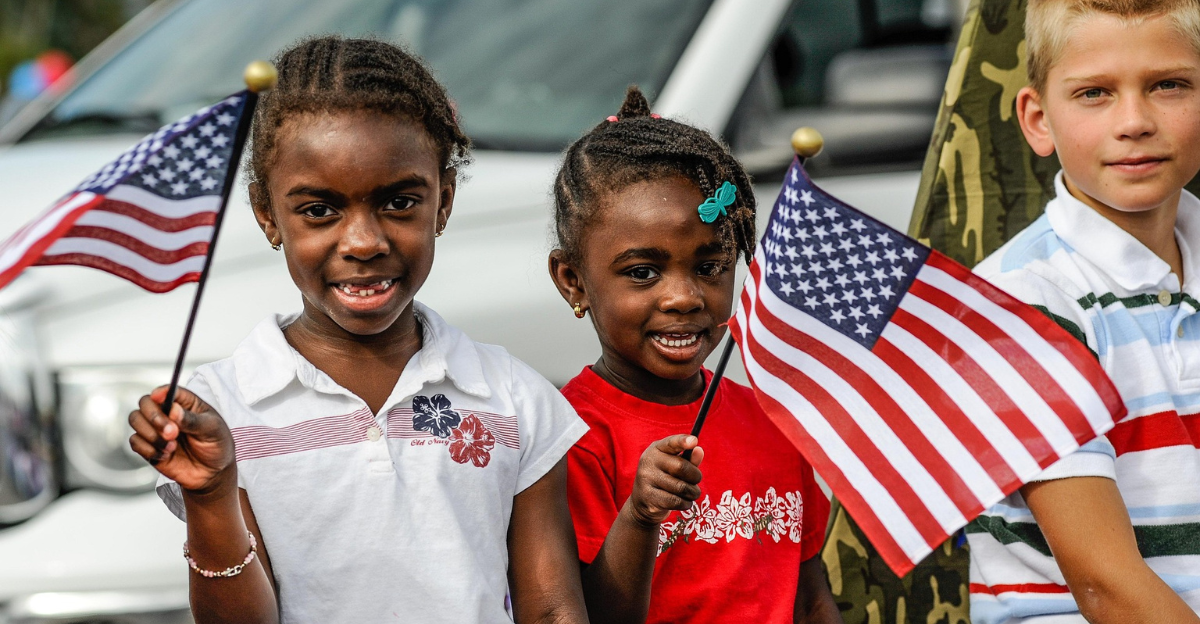
This Fourth of July might look a little dimmer, and not just because of rain in the forecast. Fireworks, the centerpiece of America’s birthday bash, have gotten a whole lot pricier. What used to be a $60 backyard blowout now feels like a credit card regret waiting to happen. Behind it all is a little word with big consequences: tariffs.
As import costs surge, everything from sparklers to sky-bursts are taking a hit. Organizers are sweating. Shoppers are hesitating. And somewhere in the chaos, the question sneaks in, “How did celebrating freedom start costing this much?” Stick around. The sparks are just starting.
The Tariff Timeline
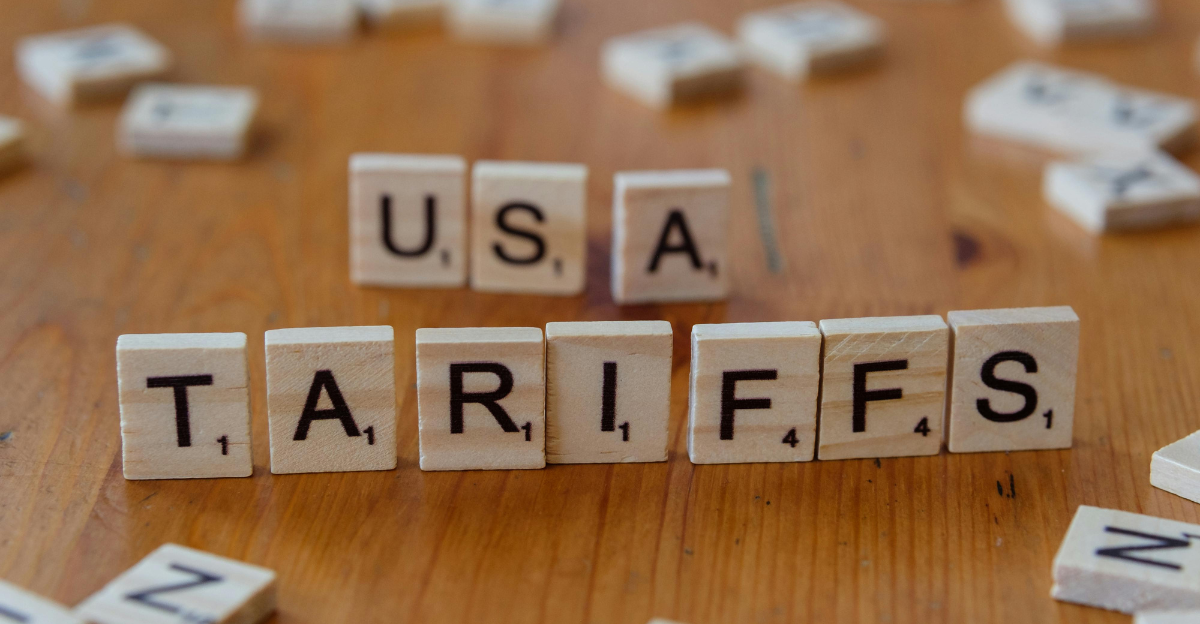
The drama didn’t start overnight. Back in early 2025, the U.S. slapped a jaw-dropping 145% tariff on Chinese fireworks, yes, the same ones lighting up almost every town across the country. Cue panic and a lot of angry phone calls. Then came a temporary truce, and the tariff dropped to a more “reasonable” 30%. But don’t breathe easy just yet. That 30% isn’t permanent. It’s on the clock. If it expires without a new deal, prices could go nuclear. Right now, nobody knows what comes next and that uncertainty is setting the whole industry on edge, like a fuse just waiting.
Why Fireworks Are Hit Hard
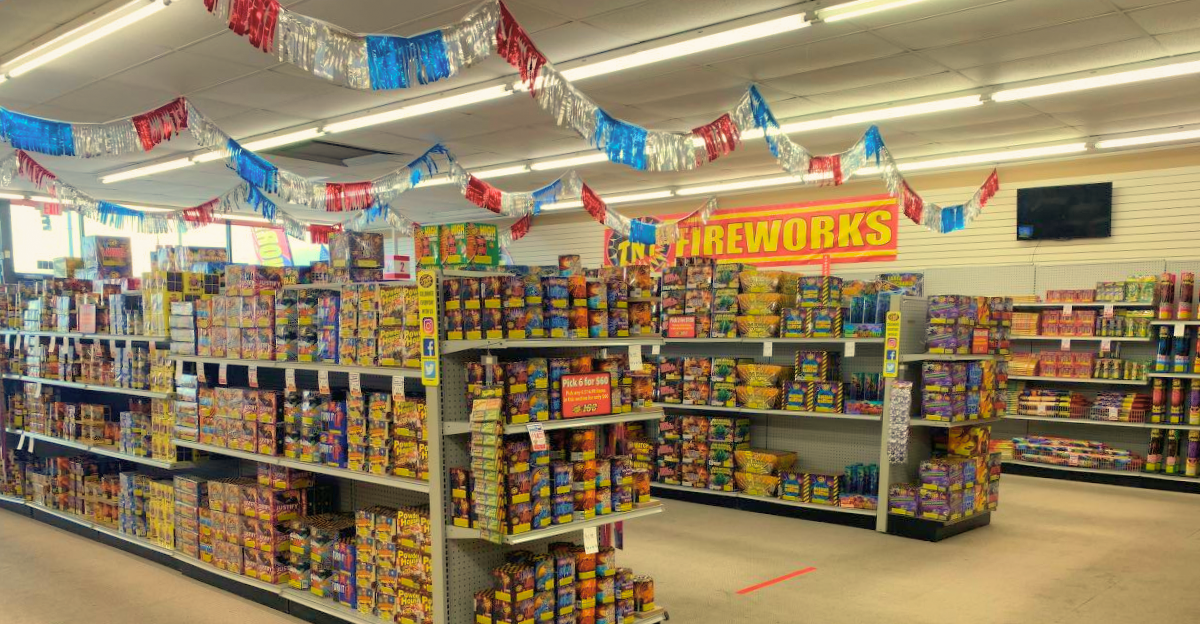
Here’s the spark that really lights the problem: nearly every firework in the U.S., whether it’s the backyard kind or those stadium-sized showstoppers, comes from China.
We’re talking over 95% of consumer fireworks and 90% of the big-league display stuff. So when tariffs hit Chinese goods, guess what got caught in the blast radius?
This industry wasn’t built with a Plan B. There’s no secret warehouse of all-American fireworks waiting to save the day. It’s China or Bust. And now, with rising costs and shaky imports, the system’s showing cracks. One trade decision, and boom, everything’s suddenly up in smoke.
Price Increases at the Register
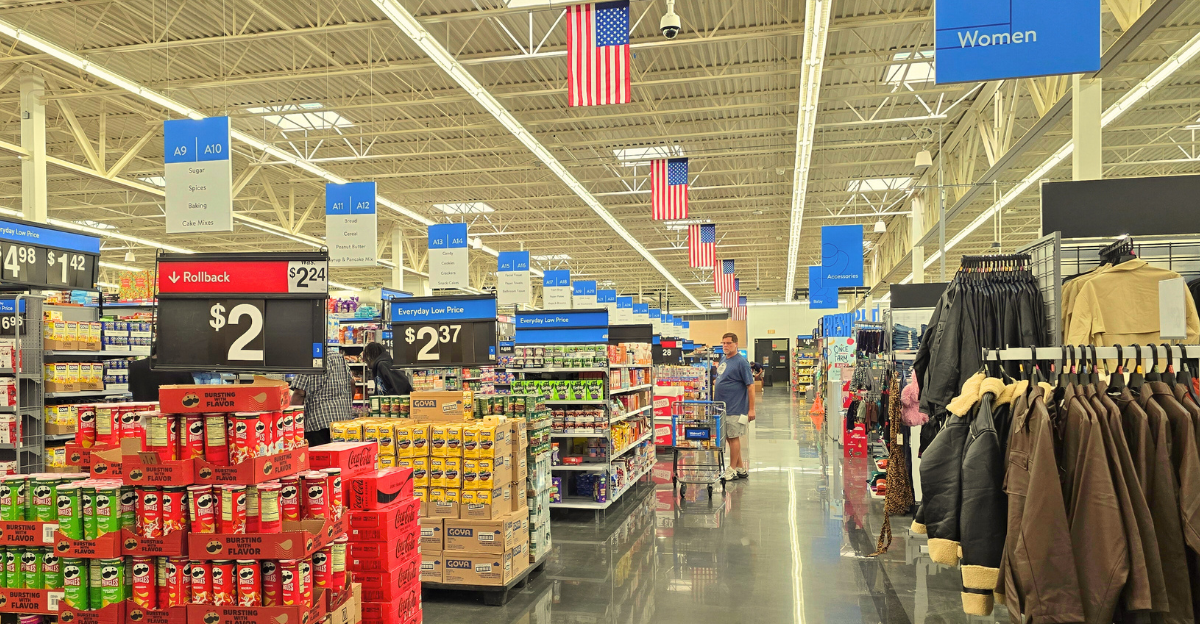
Fireworks are still lighting up the skies, but they’re also burning holes in wallets. Shoppers are reporting sticker shock, with prices on some items jumping 20 to 40% since last summer. Want to buy fountain kits? Well, be warned. They’re practically luxury goods now. Retailers are trying to play nice, swallowing part of the cost, but there’s only so much cushion before the math stops working. The aisles still look festive, but behind the red, white, and blue banners, margins are shrinking fast. For customers, it’s suddenly a game of “Do I want a grand finale or groceries?” Either way, someone’s getting singed.
Supply Chain Disruptions
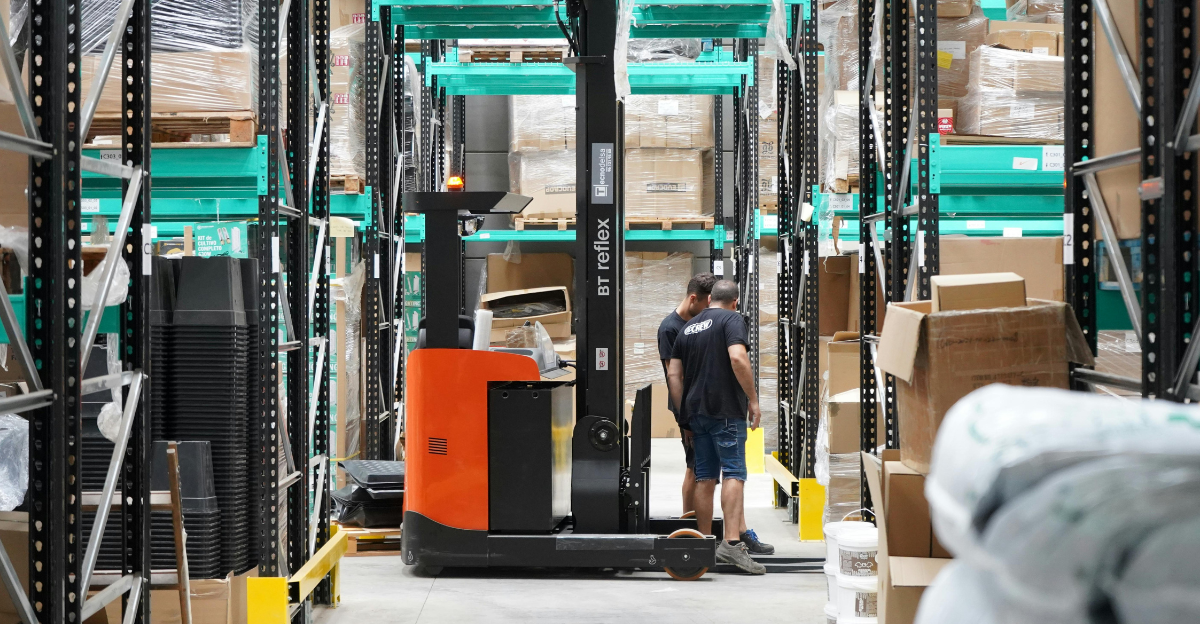
It’s not just the prices causing fireworks anxiety; it’s the empty shelves too. When that 145% tariff hit earlier this year, many U.S. importers slammed the brakes, delaying or outright canceling their usual shipments. The ripple effect was slimmer selections and a lot of “sold out” signs showing up way too early. Add China’s seasonal factory shutdowns to the mix because, yes, fireworks have a production season, and the window to restock narrowed…fast. What you see in stores now is just about it. No backup shipments are coming. So if your favorite sparkler’s missing, it’s not lost. It never even arrived.
Impact on Local Businesses
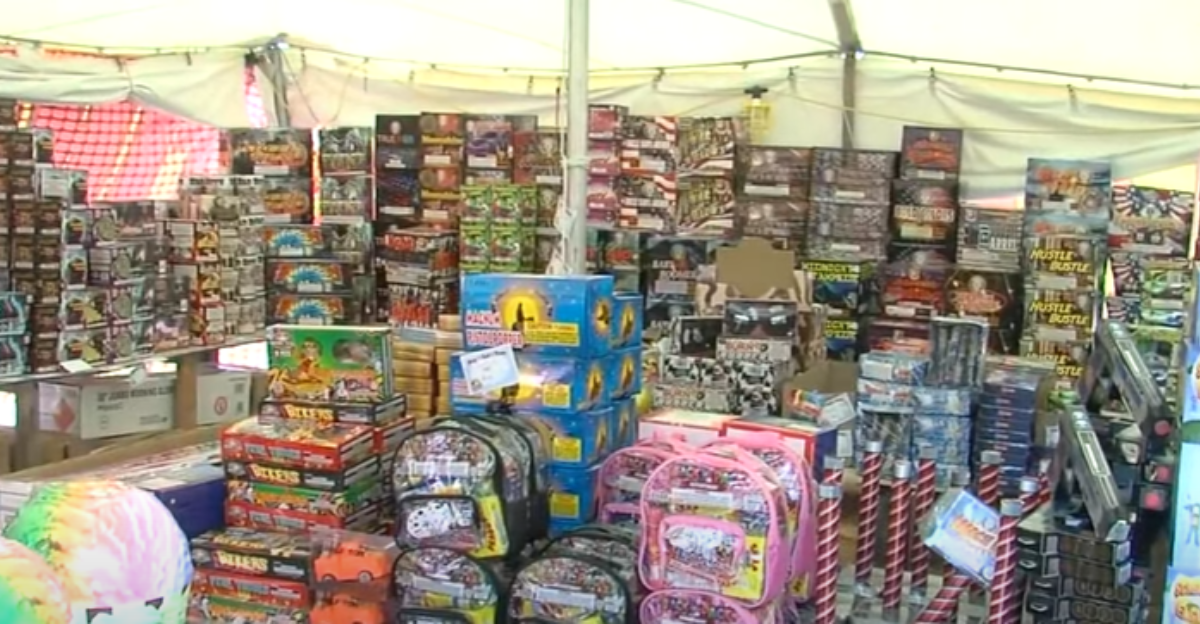
For small-time fireworks vendors, this year’s celebration feels more like a gamble than a party. Costs are jumping around like bottle rockets, and it’s nearly impossible to predict what anything will cost next week, let alone next season. Some mom-and-pop stands are taking hits just to keep customers happy, selling high-tariff stock at a loss, hoping returning shoppers make up the difference. Others are cutting back, only ordering what they know will sell fast. It’s survival mode, not business as usual. These vendors aren’t just selling fireworks; they’re part of the local summer vibe. And right now, that vibe’s feeling shaky.
Effects on Public Fireworks Shows
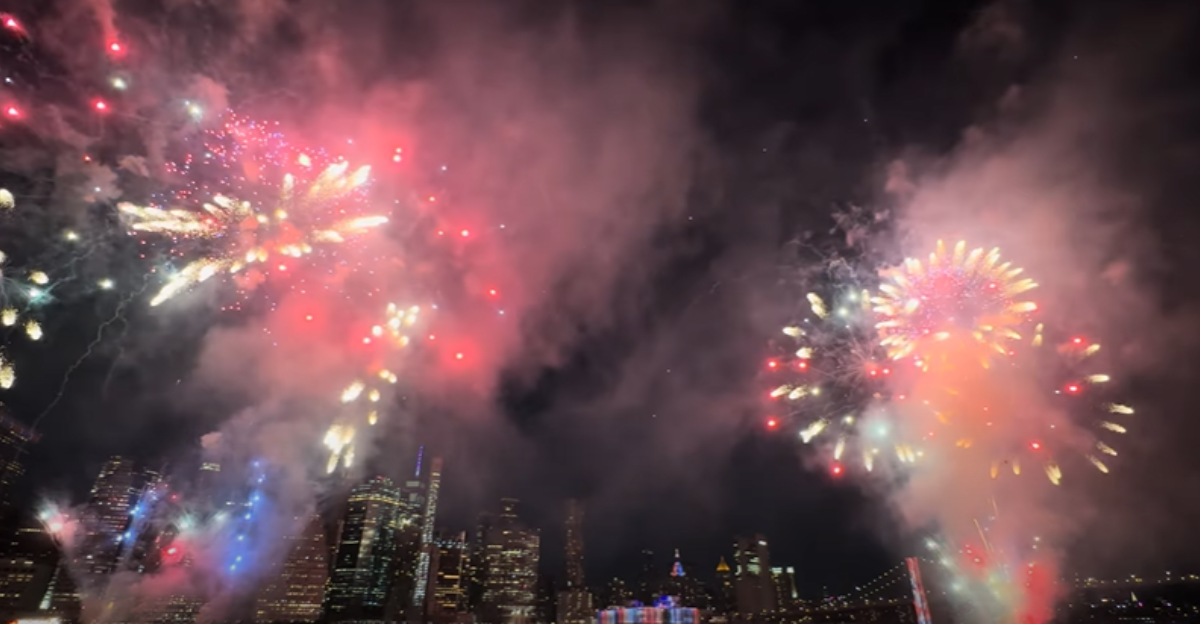
You might notice something missing when you look up this year, like half the show. Cities and towns are trimming the fat, and sometimes the finale, as fireworks displays become budget busters. Organizers who once planned 20-minute spectacles are settling for 10. Some are ditching the show altogether, quietly bowing out with a statement about “fiscal responsibility.” Translation: they couldn’t afford the boom.
It’s not for lack of trying; municipalities are stretching every dollar, but when one shell costs double what it did last year, something’s gotta give. And in some towns, sadly, that something is the entire Fourth of July sky.
Consumer Reactions and Strategies
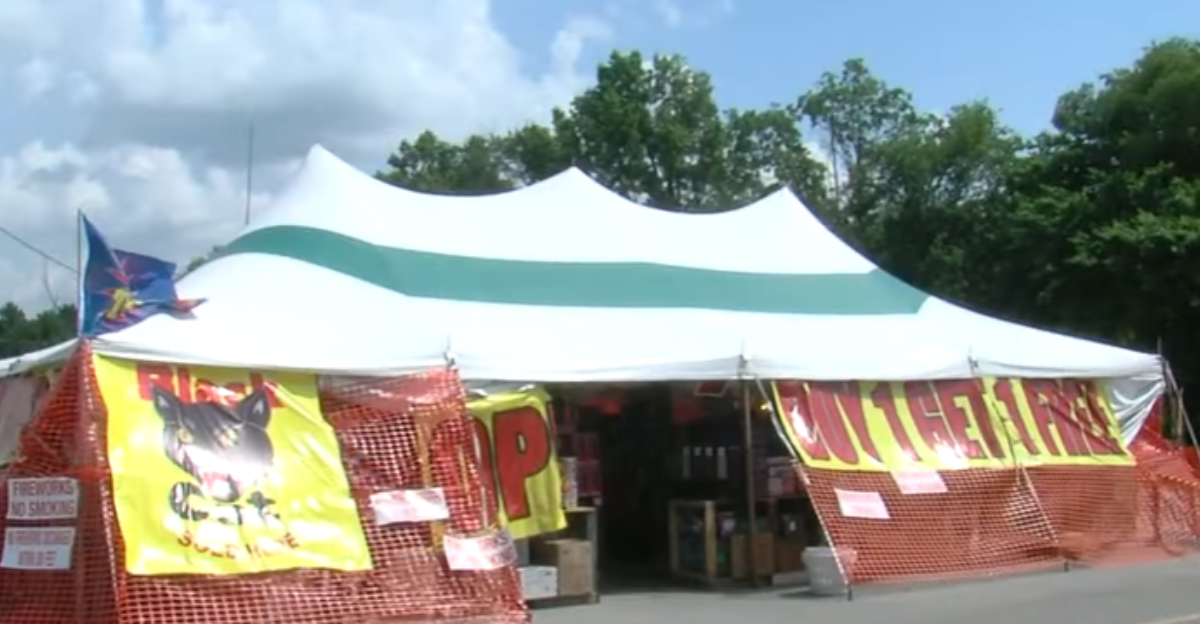
Shoppers aren’t dumb. They’ve noticed the price jumps, and they’re adapting fast. Some are hunting down every buy-one-get-one deal like it’s a coupon Olympics. Others are skipping the big-box chains entirely, heading to local tents hoping for better prices and maybe a little sympathy.
And then there are the early birds, those savvy folks who bought in June to avoid the last-minute chaos. Social media’s buzzing with tips and rants, some hilarious, some just sad. People still want the sparkle, but they’re working harder to afford it. This year, the real fireworks show might be the budgeting battle playing out in everyone’s cart.
Industry Outlook and Warnings

Behind the scenes, fireworks insiders are sweating bullets or maybe sparklers. If tariffs blast back up to triple digits, some say the entire industry could go up in smoke. There’s talk of layoffs, shuttered warehouses, and even beloved brands disappearing.
The American Pyrotechnics Association is waving red flags like it’s the finale of a finale, begging for tariff relief before the damage is permanent. And with the country’s 250th birthday creeping up in 2026, the stakes feel even higher. No one wants to celebrate America’s big moment with a glow stick and a prayer. But without change, that might be it.
The Bigger Picture
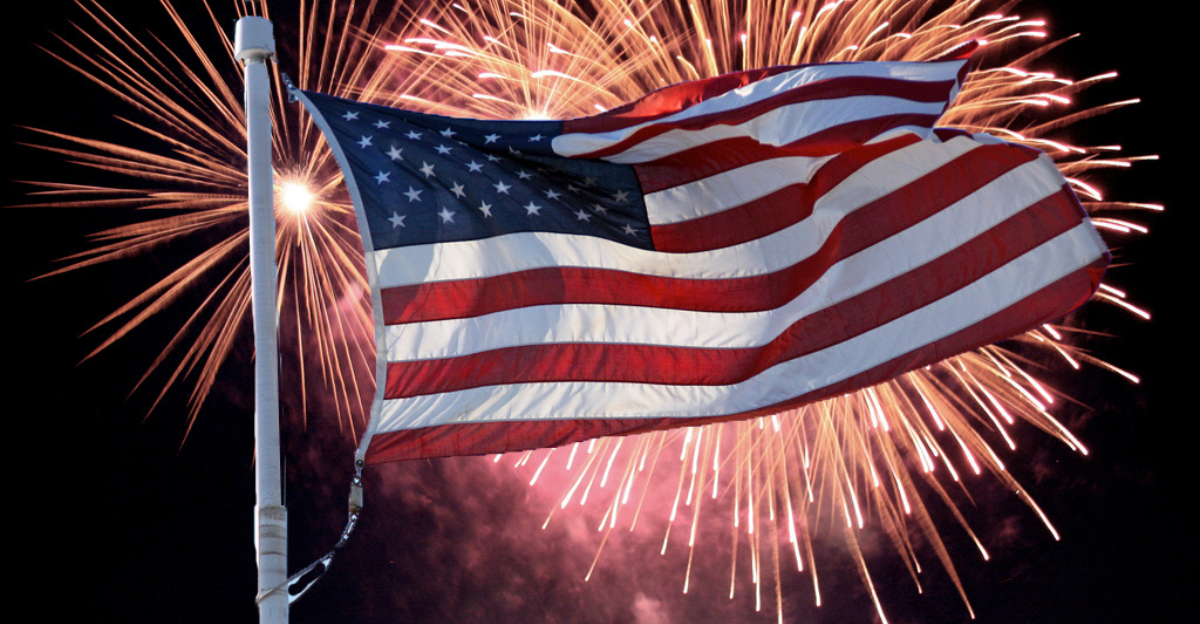
This goes way beyond sparklers and sky shows. Fireworks have always meant something more. But now, tangled in trade disputes and rising costs, that meaning feels a little out of reach. The administration says tariffs make us stronger and build resilience. Maybe. But for small businesses and regular folks just trying to keep the tradition alive, it’s starting to feel like we’re paying a price nobody warned us about. When celebration turns into calculation, it’s fair to ask, “Are we protecting something, or slowly losing it altogether?”
